Oil Tank Condensation: What You Ought To Be Aware Of

Oil heating systems use oil tanks for fuel storage and security. This situation works well, but it is not perfect. Water can make its way inside the heating oil tank, which can cause oil tank condensation problems. It is a common issue that can be easily prevented.
Oil Tank Condensation: What You Need To Know
This article discusses what you need to know regarding oil tank condensation and what you can do to prevent it from occurring.
How & Why Water Gets Into Your Home Oil Tank
Water has different forms and can be found everywhere in nature. It can go inside your tank slowly as time passes. You can better avoid this from happening again if you can pinpoint how the water penetrated your oil tank.
Rainwater
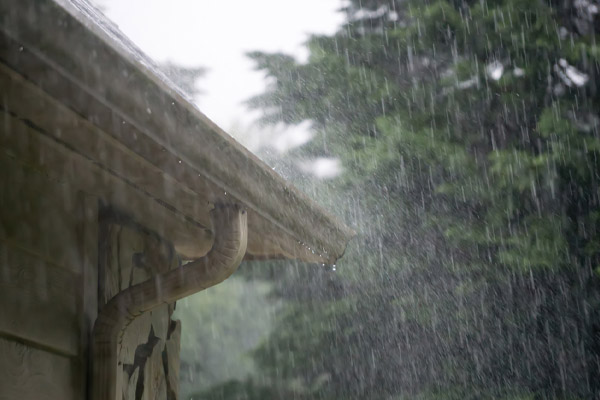
A tank placed outside your home means it is exposed to rainwater. Water is a tenacious liquid that can get inside narrow and tight spaces, like loose lids. Tanks close to your home mean water can get in when the gutter overflows. There may be cracked walls, damaged seals, and other weak spots around old oil tanks.
Condensation
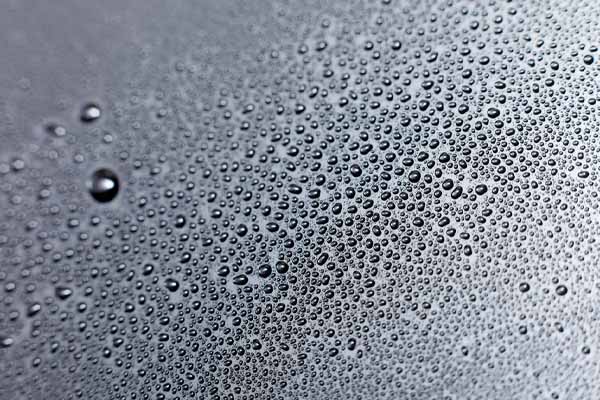
Condensation is always a threat regardless of where the tank is placed. The air vents can draw in outdoor moist air. If there is a low interior temperature, water in the air can condense into liquid. Droplets can form in the inside wall of the tank and flow to the bottom. A few droplets aren’t a big issue, but this condensation problem tends to get worse as time passes if not resolved immediately.
Groundwater
If you have an underground oil tank, water may make its way inside through holes around the storage. This is concerning because water isn’t only getting inside as oil is also leaking out and contaminating the soil. Professional help is required when dealing with any underground tank damage.
What Happens If Water Gets into My Heating Oil Tank?
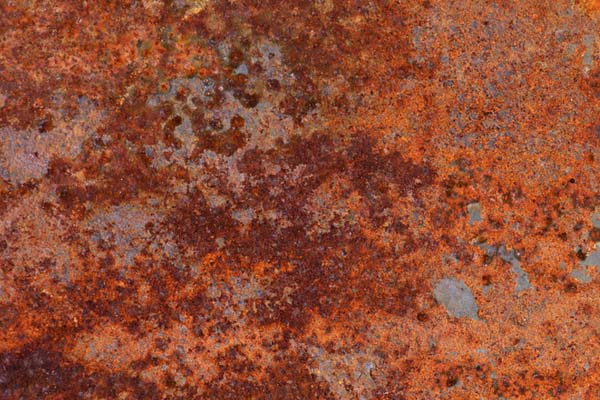
Oil floats on water, so it is difficult to determine if there is water in your tank through observation only. It is harder when you own an underground tank because it is inaccessible. In many situations, water is undiscovered until the symptoms of water in your tank become apparent.
It is best to be proactive in preventing water from getting in your tank than dealing with the damage it can cause to your oil tank. Regular tune-ups and checks can save you from trouble. Routine inspections include using a water-finding paste recommended by the manufacturer or heating oil expert. Place this paste at the bottom, where the water has likely settled. Moisture is present if the paste changes color. Immediate professional attention is needed if there are large amounts of water.
How To Prevent Condensation In Your Heating Oil Tank
Now that you know how water can get in your tank, you can do these simple strategies to prevent it from occurring.
Inspect Your Heating Oil Tank
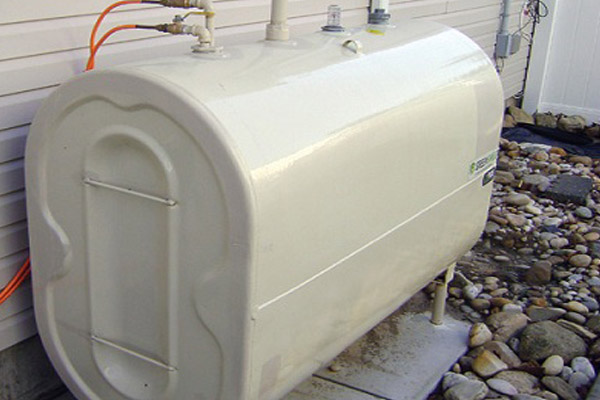
Habitually check the tank’s exterior for any rust, perforations, paint chips, or other signs of damage. Ensure that the lids and caps are screwed on tightly.
Test for Water
A visual check is insufficient, so you must conduct a water test periodically. Put water-finding paste on a long, thin stick to reach the cylinder’s bottom. If you have an underground tank, conduct a soil contamination test instead.
Protect The Fuel Oil Tank from Heat
If you are installing a new tank, make sure it is under a shade. Paint its exterior with light-colored reflective paint as well. These measures will protect your tank from the heat. This way, there are fewer chances for condensation to occur inside your fuel oil tank when there are large temperature fluctuations outside.
Keep The Oil Tank Full
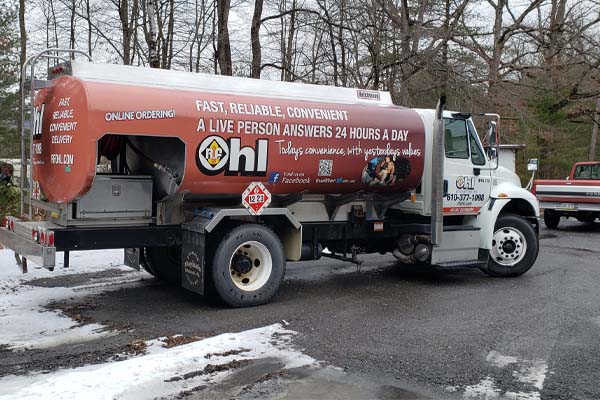
Do not let your fuel level plunge to extremely low heating oil levels, as this only lets more moist air get inside your tank. Condensation may happen more frequently if the fuel level drops. Keep your heating oil tank full in both the heating and off seasons.
Call the Pros
When needed, have professionals conduct a heating oil tank inspection. Replace old tanks as well. Professionals can also recommend where best to place your new tank to ensure long service life.
How A Professional Removes Water From Your Oil Tank
The standing water must be removed if you get a positive moisture test result. There are three ways to do this. Keep in mind that this should be left in the hands of a professional. Here are the three steps a professional may take, depending on the situation:
- Drain: A metal tank has a sludge valve at its bottom part. A professional can open it so water can pour out. Oil may flow out at times, so the professional will collect it and conduct proper disposal.
- Pump: Plastic tanks are not equipped with this valve, so a hand pump is required if there is only a tiny amount of water. Call the professionals if there is a large volume of water.
- Absorb: A water-absorbent sock may also be used by a professional. This sock is placed inside the tank to keep water from settling at the bottom. Keep in mind that it requires periodic replacement. A professional will dispose of it carefully. They may also use an alcohol-based dispersant.
Potential Damages That May Occur If You Do Not Remove The Water From Your Oil Tank
Here are several damages that will likely occur if you leave the water inside your oil tank:
- Oil Tank Rust: People may ignore the water in the tank, thinking it’s harmless. However, neglecting it can damage your heating system over time. After all, water can corrode your oil tank walls. Most steel heating oil tanks start rusting inside. Their exterior may look fine, but the interior may be wasting away. This results in weak walls that escalate into bigger problems down the line. The system may also experience reduced efficiency and performance.
- Freezing: Oil has a low freezing point. This lets it sit in the cold during the cold season. On the other hand, water has a freezing point of 0° Celsius or 32° Fahrenheit, which commonly occurs in some regions. When the water in your tank freezes, it blocks the oil supply pipes. This can result in your system failing completely when you need heating the most.
- Bacteria: Moist environments only encourage bacteria to grow. Therefore, water in your oil tank makes them the ideal location for bacteria to multiply. They can become sludge that forms at the bottom of the tank. They can also become acidic and corrode the tank, fuel lines, burners, and filters. This can result in big problems.
Conclusion
Water shouldn’t be inside your oil tank. Ensure that it stays out of your tank to prevent damage and problems with your heating system. Follow the prevention strategies above and seek the help of an HVAC professional for advanced cases.
Call R.F. Ohl for Solutions to Ensuring Comfort in Your Home

For reliable and affordably-priced heating oil, call R.F. Ohl. You can count on our high-quality, discount heating oil deliveries to be fast and friendly. We also offer efficient heating solutions for your family and home.
The expert technicians on our team are equipped to handle any HVAC repair or maintenance. Contact us to hear about our various services. We can assist by answering your questions and concerns. For more information about our efficient HVAC services or oil deliveries, call R.F. Ohl today!
Call us today to learn more. Click here or call us at (610) 377-1098 to contact us today!
Posted in Heating Oil • Tags: condensation in fuel oil tank, condensation on outside of oil tank, how to detect water in oil tank, how to drain heating oil tank, how to remove water from oil tank, oil tank water absorber, water absorbent oil tank sponge, water condensation in oil tank, water in oil tank, what happens if water gets in your oil tank
